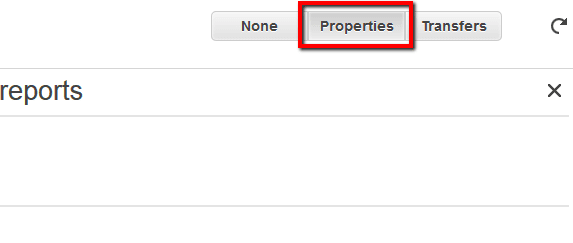Ensure that your Amazon S3 buckets cannot be accessed for WRITE actions by authenticated entities (i.e. signed AWS accounts or IAM users) in order to protect your S3 data against unauthorized access. An Amazon S3 bucket that grants authenticated WRITE (UPLOAD/DELETE) access, can allow anyone with an AWS account to add, delete, and replace objects within the S3 bucket without restrictions.
This rule can help you with the following compliance standards:
- PCI
- APRA
- MAS
- NIST4
For further details on compliance standards supported by Conformity, see here.
This rule can help you work with the AWS Well-Architected Framework.
This rule resolution is part of the Conformity Security & Compliance tool for AWS.
Granting authenticated WRITE access to your Amazon S3 buckets can allow signed AWS users to perform unauthorized operations on your buckets. Using this overly permissive Access Control List (ACL) configuration can lead to S3 data loss or unexpected charges on your AWS bill. To meet security and compliance requirements, avoid granting WRITE (UPLOAD/DELETE) permissions to the "Authenticated users group (anyone with an AWS account)" grantee in production.
Audit
To determine if your Amazon S3 buckets allow WRITE access to AWS authenticated users, perform the following actions:
Remediation / Resolution
To remove authenticated WRITE access permissions from your Amazon S3 bucket ACL, perform the following actions:
Note: An S3 bucket can be deemed compliant if implements either "AccessControl": "Private" or sets the "PublicAccessBlockConfiguration" feature options to true. The following CloudFormation template uses both for added security.References
- AWS Documentation
- Amazon S3 FAQs
- Amazon S3 Bucket Public Access Considerations
- Access Control List (ACL) Overview
- Managing ACLs in the AWS Management Console
- Editing Bucket Permissions
- AWS Command Line Interface (CLI) Documentation
- list-buckets
- get-bucket-acl
- put-bucket-acl
- CloudFormation Documentation
- Access Control
- Terraform Documentation
- AWS Provider

